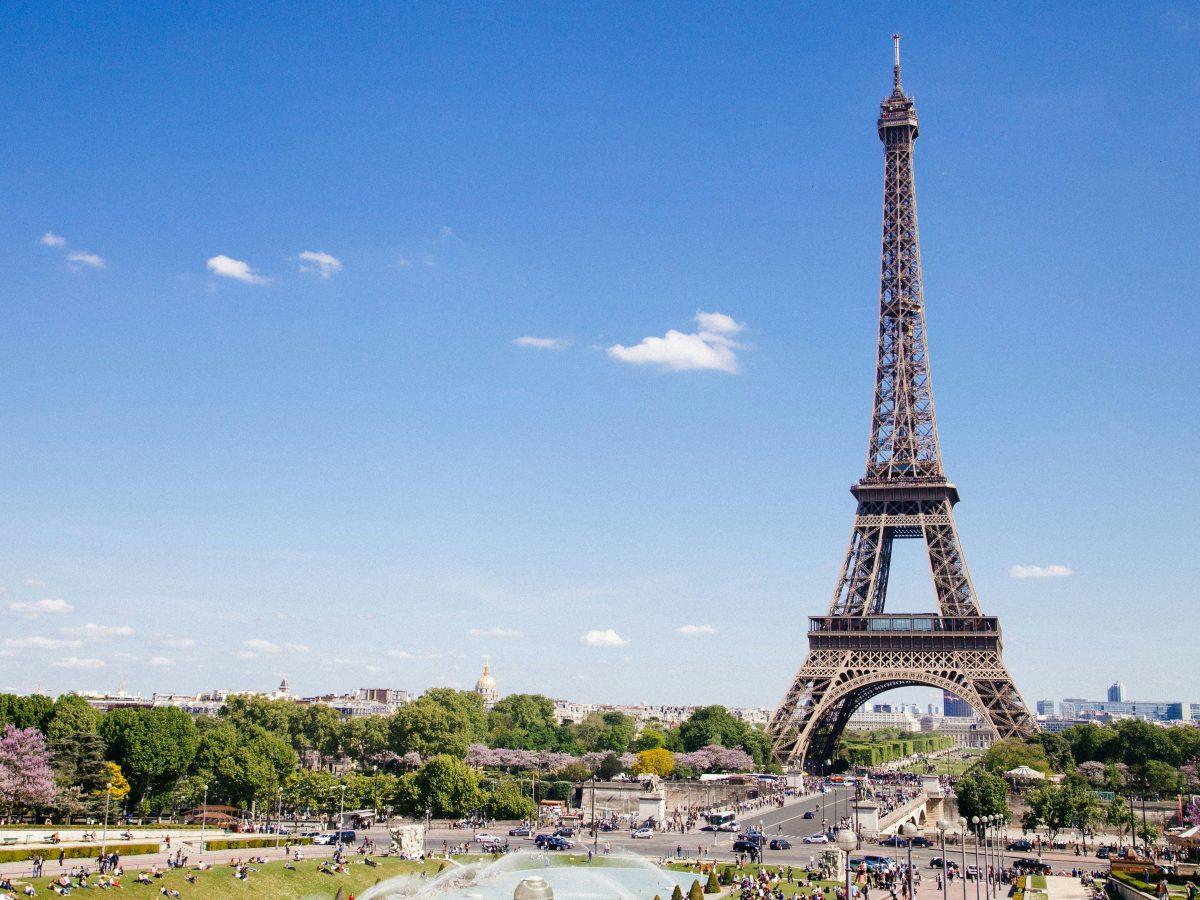𝘈𝘱𝘱𝘳𝘰𝘹 𝘳𝘦𝘢𝘥 𝘵𝘪𝘮𝘦: 4 𝘮𝘪𝘯𝘴🕒
From Milan to Paris to Tokyo, trends can transcend borders – and luxury international fashion brands have always been the pioneers of global fashion movements.
But the continued rise of fast fashion culture (meaning cheap, rapidly-produced clothing that meets global demand for acquiring the latest looks) has made it easier and more accessible than ever for style-savvy shoppers to keep up with new trends.
In this blog, Wolfestone takes a deep dive into Zara's localisation strategy and explores how it found success as a localisation leader.
In short, how it found success in localisation is through the relationship between store managers and the design team, as every location's merchandise is localised. Also, website localisation in more than 20 languages has helped too.
We explore:
- Inditex's influence
- Zara's supply chain localisation model
- Website localisation
- And a lesson learned in translation
Let's dive deeper into Zara's methods.
The incredible influence of Inditex
In my opinion, no clothing company has had a bigger influence on the face of the fast fashion industry than Inditex.
The company’s flagship brand is Zara, now a household name, but also boasts Massimo Dutti, Bershka, Oysho, Pull&Bear, Stradivarius and Uterqüe amongst its globally successful brands.
Inditex’s colossal growth, from starting production in Galicia, one of the poorest regions in Spain in the 1960s, to becoming an international fashion brand ubiquitous in malls all over the world, has been unrivalled.
But, as we have seen in the past few years, there’s never been a trickier time to be on the high street.
Just think about the Arcadia group. Having once encompassed retail giants like Topshop, Miss Selfridge and Debenhams and seen as a beacon of business success, it collapsed in November 2020 with debts of £750 million.
So how exactly does Zara manage to succeed where so many have failed? Well, the key may very well lie in their unique business model and seamless localisation strategy.
What exactly is localisation?
Language localisation refers to adapting copy for a foreign market, but localisation also encompasses anything that considers cultural aspects in the translation process, such as adapting images on a website to make them appropriate for the target culture or ensuring a slogan is culturally relevant.
In short, localisation is the adaptation of a product for a specific market.
“Here’s what makes Zara truly unique: the company only spends about 0.3 per cent of sales on advertising, and doesn’t have much marketing to speak of.”
Zara's supply chain localisation model
If Zara isn’t pouring their funds into localising its branding and advertising for specific regions, how exactly has it become an international fashion brand?
The answer seems to be the special relationship between store managers and the design team.
Zara’s Spanish design team works closely with each store manager to localise the merchandise of every location.
Zara’s model, according to Forbes India, can be summarised as follows:
1. Zara's design team monitors fashion trends and store sales. Based on this they come up with 1,000 designs a month.
2. They send these out for manufacturing around the world.
3. Completed designs are shipped back to Spain.
4. Local store managers in each country tell the Zara head office in Spain what the store needs and how much.
5. The design team then flies or trucks out consignments for each of Zara's over 1,608 stores based on local needs and trends. A store gets consignments twice a week.
This flexible, high-speed business model has allowed Zara to travel from Spain to 77 markets around the world, including mainland China in 2006, where it has 44 stores and counting.
Is online localisation Zara's key to success?
As well as localising their supply chain, Zara ensures that their online shoppers can browse and learn about the products they are considering buying in their native language.
According to InternetRetailing, Zara’s use of written product reviews on their websites is particularly noteworthy for its accessibility and detail.
All EU member states now have their own Zara website which are available in over 20 EEA languages. This is a localisation tactic which the Premier League and its clubs have used too.
Swiss shoppers, for example, can even choose to browse in one of four languages used in the country.
“Zara’s sites form part of an integrated online-offline store model. At the same time as opening 11 new country websites, the retail brand opened 102 new stores in Europe,” comments InternetRetailing.
“Lately, the Inditex group has focused on delivering customer service for customers of Zara and its other brands through its apps. Mobile payments are now available in 15 markets, including Spain, the UK, Italy and France, via individual brand apps or a group InWallet app.”
A localisation lesson learned
But Zara’s localisation strategy hasn’t always proved itself to be so seamless.
In 2015, Zara published a listing for a new model of sandals on their German online shop called “dreifarbige Sklaven Sandalen” (a direct translation from the Spanish “sandalias de esclava”, which means “three-coloured slave sandals” in English).
The word Spanish word “esclava” (“slave”) is, for better or worse, widely used in Spanish in reference to sandals, referring to a specific type of bracelet design.
However, translating “sandalias de esclava” literally into German (“dreifarbige Sklaven Sandalen”) understandably outraged many German shoppers, as the German word “Sklaven” has deeply offensive connotations compared to its Spanish equivalent.
Zara was later forced to issue a press release publicly apologising for the translation mistake.
Despite past mistakes, it’s clear that Zara continues to dominate foreign markets and its position as a truly international fashion brand shows no sign of abating.
Conclusion
Now you know all about how Zara appeals to consumers all over the world. If you're considering localisation, hopefully you can take some of the brand's learnings with you.
Book a free consultation today to discuss your localisation strategy.







